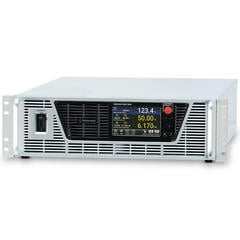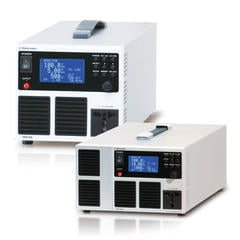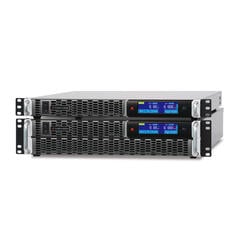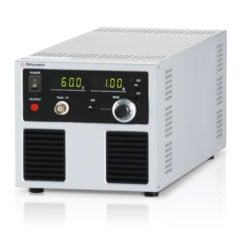Current Transmission System
There are many machines that use electricity as a power source, such as electronic devices and home appliances around us. And in the case of Japan, most of them may be operating or charging by plugging in an AC 100V outlet. The electricity generated by the power plant is delivered to the home by this AC.
A natural question arises: given that electricity can be either direct current (DC) or alternating current (AC), why is our grid AC-based? Mobile phones, digital cameras, and computers operate on DC power. Home appliances also operate by converting AC power into DC power internally.
More specifically, solar panels that are increasing recently generate DC electricity. Equipment such as Enefarm that generates electricity from hydrogen and gas containing hydrogen is also a DC power supply. In order to use DC at home, it is connected to a commercial power supply from the outside, which is an AC power supply, and it takes a lot of time and effort to convert AC to DC again when used in home appliances.

Then, if the electricity sent from the transmission line is also direct current, there should have been no such trouble. Why is the commercial power source, the electricity sent from the power plant is alternating current? There is a historical story.
The electrical products developed by Thomas Alva Edison (1847-1931), who were said to be the inventor king, were operated on DC power. So, he was aiming to transmit the generated electricity as a direct current. In fact, when he started his business in the 1880s, he used direct currents to transmit electricity. However, the inventor of the alternating current, Nikola Tesla (1856-1943), and George Westinghouse, Jr. (1846-1914) who supported Tesla promoted power transmission through AC. The battle of DC vs AC was called the " War of the Currents".
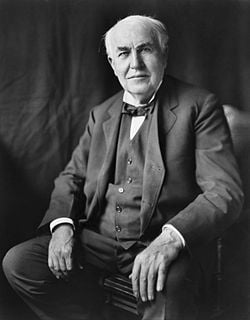
Thomas Alva Edison
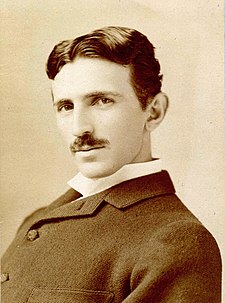
Nikola Tesla
As a result, DC power transmission was replaced by AC power transmission. The reason is that DC power transmission has the disadvantage that conversion equipment is more expensive than AC transmission, and short-distance transmission has more loss in conversion equipment than AC transmission. The difficulty in transforming DC power is that the efficiency of large-scale power transmission is overwhelmingly worse, and AC transmission won in the 'War of the Currents'.
Technology Related to Power Generation
Although DC power transmission has many problems compared to AC power transmission, the situation is changing with the development of various technologies.
The first point is that the total power loss has been reduced by DC power transmission in the case of long-distance power transmission, even when considering losses at conversion equipment. This is the reason why the length of the transmission line is longer than in the era that Edison was active. The loss at the conversion equipment was larger than the loss in the transmission network in the short-distance transmission, but in the case of long-distance transmission, the loss in the transmission network was rather larger.
The second point is that the development and miniaturization of the buck-boost DC/DC converter made it easy to transform. The bi-directional power supply has also evolved, so AC/DC interconversion can be done easily. Therefore, it is becoming easier to connect to existing power transmission systems centered on alternating current by a grid connection. In addition, EVs have evolved a DC/DC conversion mechanism. As a result, the voltage is changed from 12 V DC to 280 V or 360 V, and the battery mounted on the EV supplies voltage to various automotive devices by stepping down from high voltage.
The third point is that there are new devices that can generate large amounts of DC power and can be used to supply power, such as solar panels, hydrogen (from gas) power generation, and home storage batteries. At present, DC/AC conversion is a must, and then it cannot be used in the home unless linked to a system. But in the future, domestic DC systems can be built by using EVs as part of a high-capacity battery.
If Anyone Rebuilt the Power Transmission System
If there were any challengers like Edison, or if there were businessmen like Edison, what kind of power transmission system would he build?
For example, in the case of a developing country where the power grid will be developed from now on, it will be more advantageous to carry out long-distance power transmission with DC from the beginning. If each household is independently generating solar power, etc., all transmissions should be built with DC power. And there would be better if only voltage conversion would be carried out in each region, and a direct current smart grid would be constructed.
In that case, it is important that voltages can be unified into 2 to 3 types. Now, solar panels, hydrogen power generation by gas, high-capacity batteries such as EVs, and home appliances operate at different voltages. If it is possible to be unified, DC/DC converters can also be made inexpensive by mass production. As a result, the development of DC power transmission and the creation of equipment compatible with several standardized voltages may open new business opportunities for home appliance manufacturers.
Furthermore, if the shape of the outlet, which varies in each country, can be unified, for example, it is made to be a different shape for each voltage), one will not insert the plug incorrectly and there is no need to prepare a shape conversion plug for local use when traveling abroad.
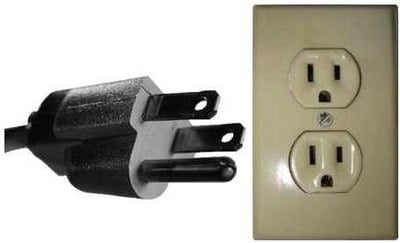
Typical type of outlet in America
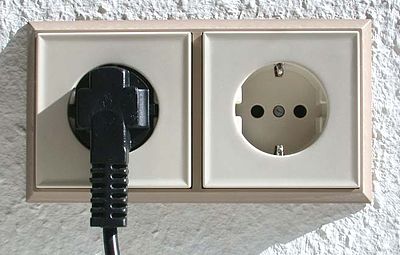
Typical type of outlet in Europe
In addition, Edison's invention has a light bulb plug shape (ex. E17 or E26), which is common in the world. Now, it may be a business just by making a proposal to unify the outlet shape by voltage in constructing a DC power transmission system. For example, devices with relatively low voltage, such as smartphones, digital cameras, and even personal computers, are being unified by the USB power supply.
It is also necessary to consider whether to co-exist with the current 50 Hz/60 Hz transmission network or to redraw by DC transmission in Japan. If you want to make use of the existing power transmission network, DC power transmission like the local smart grid assumes the transmission of electricity generated by solar panels in each local area.
And excess electricity will be in the form of flowing to commercial power with grid connection. This is the same thing currently done by solar power companies. However, the most important point of this idea is to maximize the benefits by purchasing the last one mile of the power infrastructure in the local area and enabling direct current transmission, in that the local power demand is met locally. There is a possibility now that the cost of power generation by solar power generation is falling, and conversely, the power generation by fossil fuels and nuclear power is rising due to measures against global heating, safety measures and decommissioning, and so on.
Of course, you may do the opposite way of thinking. The last one mile of the power infrastructure uses the existing AC power transmission and performs the national power transmission network side with DC power transmission. However, since there is a transmission line for each power company even under the present circumstances, DC power transmission may be good to use as a backup. In particular, when there was a shortage of power in the Tokyo Electric Power District after the Great East Japan Earthquake, the government transferred electricity from West Japan to East Japan. However, due to the lack of 50 Hz/60 Hz convertible capacity, sufficient power could not be accommodated.
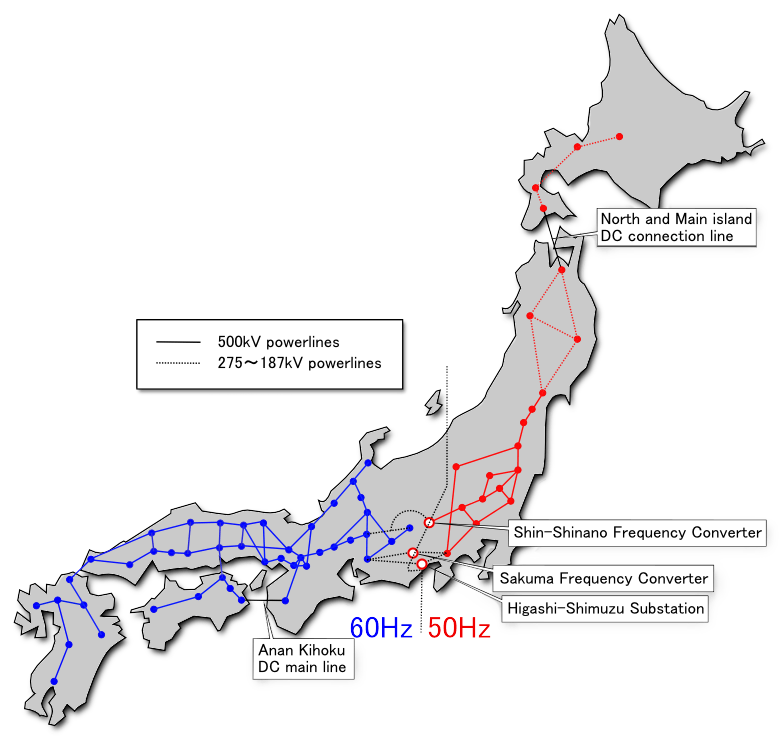
Therefore, it may be better to position as a backup at the time of the disaster, to spread DC power transmission networks throughout the country, and to connect to the AC power transmission networks of each electric power company by a grid connection. It may be possible to construct a power transmission network that is resistant to disasters and compatible with natural energy without difficulty. If Edison is alive, he keeps an eye on converting AC power in the 50 Hz/60 Hz boundary area once, and it might have been beginning to connect DC power transmission from there, even though standardized the transmission voltage.
On the other hand, if you don't use the existing power grid, you will first build a regional smart grid with DC power transmission, and eventually, you will connect the regional smart grids with a DC power grid. It will be the same way as establishing a power grid in developing countries. In this case, If the transmission voltages of these regional grids do not match, conversion will be required to interconnect them. Of course, the DC/DC converter itself is also improving its performance, so it may not be a big burden, but unifying the voltage is very important because it leads to price reduction due to the small variety of mass production of equipment.
Through these, there may be a movement to overturn the outcome of the "War of the Currents" that Tesla won over 100 years ago. Actually, under the slogan "Build the environment where the Internet can be used all over the world," SpaceX (established by Elon Musk) launched a Starlink project to launch a large number of communication satellites.
New projects are being envisioned in the power industry. For example, a project to create solar and wind power plants in the Sahara and the Middle East has been underway for over ten years as "Desertec" in Europe. Though this project has not made progress on funding and security issues, it has been reported that they will start a project in Tunisia in 2017.
Therefore, it is highly likely that similar bold initiatives will emerge in the power industry.
Related Technical Articles
Recommended products
Matsusada Precision's high-performance power supplies
Reference (Japanese site)
- Japanese source page 「もしも、エジソンが今、日本で電力会社を起業したら」
(https://www.matsusada.co.jp/column/post_1.html) - DESERTTEC FOUNDATION
(https://www.desertec.org/) - STARLINK
(https://www.starlink.com/)



